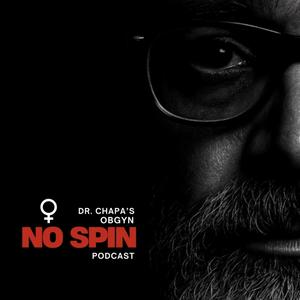Titrated Oral MISO Solution For Labor Augmentation?
Misoprostol, as an E1 prostaglandin, is primarily used in obstetrics for cervical ripening (when the Bishop Score is under 6) and/or for labor INDUCTION (to begin labor). IV oxytocin is the principal agent used to augmentlabor, as needed, once labor has begun. In the US, misoprostol is not typically used after 4-6 cm cervical dilation. However, in a patient who requires augmentation,and who declines Pitocin while asking or oral misoprostol, can that be used? Is that evidence-based? The data may surprise you. Listen in for details. 1. SOGC Guideline No. 432c: Induction of Labour Robinson,Debbie Campbell, Kim Hobson, Sebastian R. MacDonald, W. Kim Sawchuck, DianeWagner, Brenda et al. Journal of Obstetrics and Gynaecology Canada , Volume 45, Issue 1, 70 - 77.e32. Bracken H, Lightly K, Mundle S, et al. OralMisoprostol Alone Versus Oral Misoprostol Followed by Oxytocin for Labour Induction in Women With Hypertension in Pregnancy (MOLI): Protocol for a Randomised Controlled Trial. BMC Pregnancy and Childbirth. 2021;21(1):537.doi:10.1186/s12884-021-04009-8.3. Bleich AT, Villano KS, Lo JY, et al. OralMisoprostol for Labor Augmentation: A Randomized Controlled Trial. Obstetrics and Gynecology. 2011;118(6):1255-1260. doi:10.1097/AOG.0b013e318236df5b.4. Ho M, Cheng SY, Li TC. Titrated Oral MisoprostolSolution Compared With Intravenous Oxytocin for Labor Augmentation: A Randomized Controlled Trial. Obstetrics and Gynecology. 2010;116(3):612-618. doi:10.1097/AOG.0b013e3181ed36cc. STRONG COFFEE PROMO CODE:https://strongcoffeecompany.com/discount/CHAPANOSPINOBG


